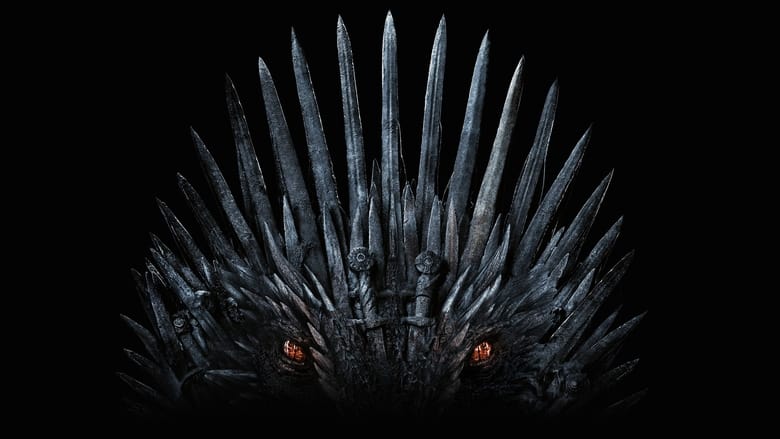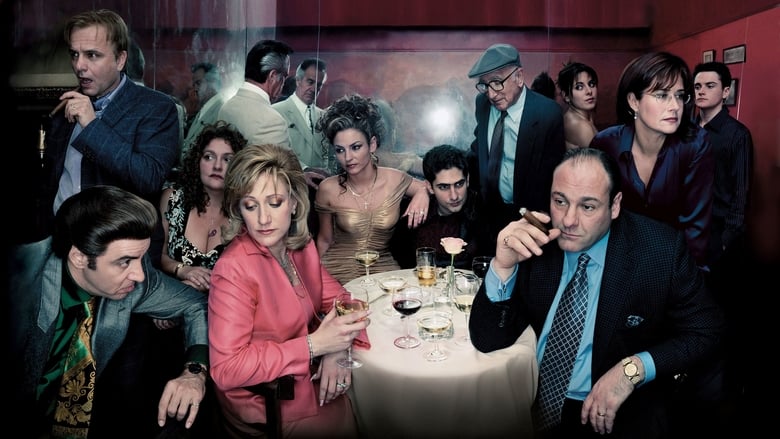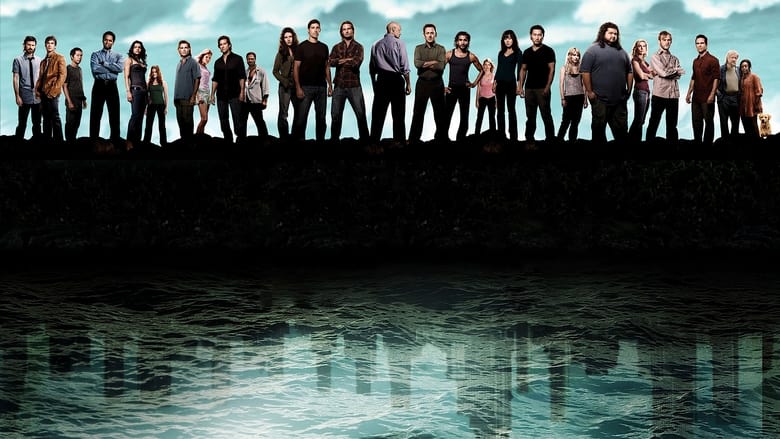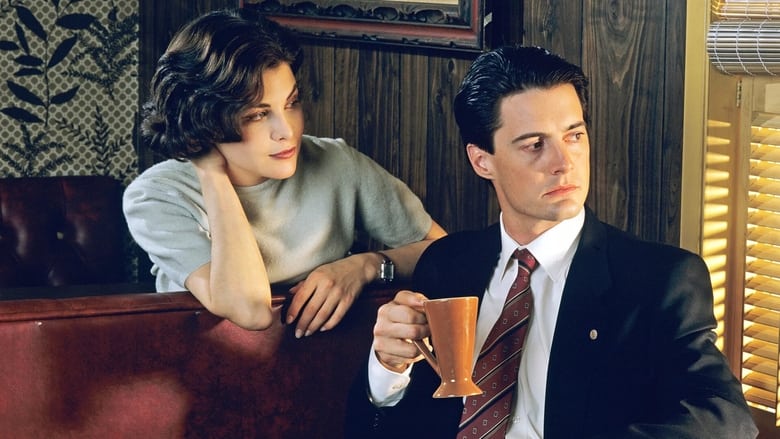9 Polarizing Shows That Divided Audiences and Captivated Viewers
Game of Thrones

Since its debut on April 17, 2011, Game of Thrones has been a staple of fantasy television, celebrating a sprawling narrative of power, betrayal, and ancient rivalries. Set in the mythical land of Westeros, it weaves together the sagas of seven noble families vying for the throne. The series features significant narrative arcs such as the Night’s Watch against northern icy horrors and the ever-evolving threat of dragons. Despite its acclaimed visual storytelling and rich character development, the polarizing final season sparked mass debate among fans over its abrupt narrative choices. Nevertheless, with an average rating of 4.5, 'Game of Thrones' remains a critical and commercial juggernaut.
The Sopranos

Airing from January 10, 1999, The Sopranos navigates the gritty life of mobster Tony Soprano in New Jersey, juxtaposing his criminal empire with domestic challenges. The complex portrayal of his psychological battles, especially in therapy sessions with Dr. Jennifer Melfi, earned it massive praise and sparked discussions on its raw depiction of mob life intertwined with human vulnerability. The show's family-centric narrative, focusing on figures like his wife Carmela and cousin Christopher Moltisanti, broadened its appeal beyond typical crime-drama genres, ending in a finale that continues to be a topic of spirited discussions and interpretations, securing a robust average rating of 4.8.
Breaking Bad

With its first episode aired on January 20, 2008, Breaking Bad steadily engaged audiences with the unsettling transformation of Walter White. The narrative follows him from a mild-mannered chemistry teacher to an emboldened methamphetamine kingpin, offering viewers a thrilling ride through moral ambiguity. The show’s intricate chemistry, gripping storylines, and character crescendos, especially in the poignant relationship between Walter and his partner Jesse Pinkman, earned its 4.5 rating and a place in cultural history, raising perennial questions about ethics and consequence.
Lost

Launching on September 22, 2004, Lost immediately gripped audiences by stranding them alongside plane crash survivors on a mysterious island. However, behind the romantic setting lies a labyrinth of secrets and enigmatic phenomena that sparked vivid fan theories. The show’s non-linear storytelling and eventual philosophical pivot earned it both vehement criticism and unwavering cult adulation, capturing a 4.0 rating. Its ending famously left fans dividing over the unresolved mysteries of the island, ensuring 'Lost' a lasting conversation in pop culture.
The Walking Dead

The narrative of The Walking Dead commenced on October 31, 2010. The story follows Sheriff’s deputy Rick Grimes as he awakens to a post-apocalyptic world overrun by zombies. This show crafted a unique take on survival horror, focusing extensively on human dynamics and societal breakdown beyond mere undead battles. While it earned a strong average rating of 4.2, it also divided viewers with its increasingly split narrative focus through the seasons. Nevertheless, it maintained a core group of loyal fans, eager to see the evolution of humanity in such dire circumstances.
Twin Peaks

Since its inception on April 8, 1990, Twin Peaks revolutionized television drama with its hauntingly surreal mysteries. The chilling investigation of Laura Palmer’s murder by FBI Special Agent Dale Cooper draws watchers into a dreamlike exploration of small-town secrets and personal introspection. Renowned for its unconventional blend of crime and the supernatural, supported by a mesmerizing soundtrack, the show became a cult classic, achieving an average rating of 4.5. Its unique storytelling continues to capture new generations, fueling endless analysis and appreciation.
Girls

Premiering on April 15, 2012, Girls stirred conversations with its raw depiction of millennial women navigating the messiness of young adulthood. Created by and starring Lena Dunham, it portrays the lives of Hannah, an aspiring writer, her cousin, and friends as they grapple with relationships, careers, and personal identities. While some celebrated its candidness and humor, others criticized its portrayal of entitlement and privilege, leading to an average rating of 3.5. Regardless, 'Girls' remains a vital, polarizing conversation piece in contemporary television discourse.
Dexter

From its debut on October 1, 2006, Dexter quickly drew audiences into the complex dual life of Dexter Morgan, a Miami Metro Police Department blood spatter analyst living secretly as a vigilante serial killer. His moral code and psychological depth garnered both fervent fans and detractors over its trajectory. With an overall rating of 4.2, its controversial later seasons, culminating in a divisive ending, prompted varied discussions about originality and character legacy within the crime genre.
13 Reasons Why

Airing from March 31, 2017, 13 Reasons Why tackled sensitive topics like suicide and bullying through a controversial framework. The central plot, where a teenager leaves behind tapes unveiling the reasons for her suicide, drew both accolades for initiating crucial dialogs and criticism for depicting distressing content without adequate advisory. It maintained a steady rating of 4.0 by merging compelling character studies with gripping dramatic tension. Despite this, it remains essential yet challenging viewing for addressing teenage struggles.
These shows are emblematic of an era where storytelling became a mirror reflecting both the public's intrigue and discontent. Such polarizing content fosters riveting conversations, cultural analysis, and opens up dialogues about societal norms. The diversity in themes and narratives keeps viewers both entertained and engaged, ensuring that dialogue around these polarizing spectacles continues. Through this rich blend of fantasy, crime, psychological depth, and raw human emotion, these television treasures have simultaneously divided and defined the cultural landscape.